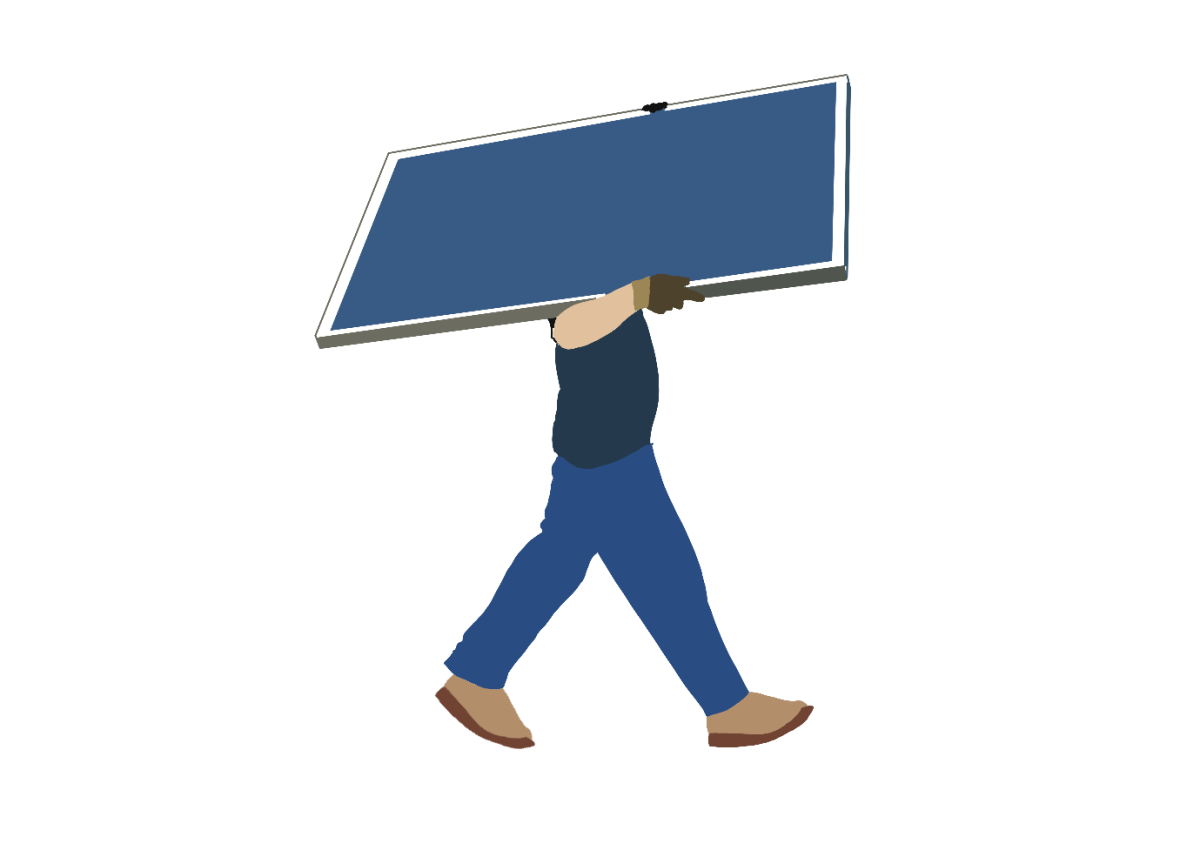Professors work to restore Canadian peatlands
March 25, 2014
Oil companies have altered ecosystems for years. But companies are now investing in research to restore the areas they mine, and two SIU plant biology professors are head researchers in a project to repair the damage.
Professor Emeritus Dale Vitt and professor Stephen Ebbs have a four-year, $1.2 million grant from Syncrude Canada Ltd. to restore the oil sands in northern Alberta, Canada, where the company mines. Vitt and Ebbs received the grant in the summer of 2012.
Vitt is the principal investigator of the project with Ebbs as his co-principal investigator. Ebbs said he and Vitt are the supervisors, or “idea guys,” and will station the team of researchers, including students, at the oiling site from May until September.
Advertisement
Syncrude, along with nearly eight other companies, remove sand and peatland, or wetland, with various waterlogged organic material known as peat, to acquire petroleum needed for oil.
Vitt said once the oil is obtained, companies dump the sand back into the giant holes and bulldoze the peat back over. He said the oil is at least 100 meters below the surface and once mined, all vegetation in the area is gone.
By removing this peat, or partially decomposed organic materials, it is allowed to fully decompose, releasing carbon dioxide into the atmosphere and contributing to global warming, Ebbs said.
He said it’s an issue because aside from the ocean, peatlands are the only sponges in the world that absorb carbon dioxide. He said once bulldozed, peat becomes fully decomposed and sponges are no longer absorbent.
“They’re clearing off the sponges to get to the oil, so they’re actually doubling the problem,” Ebbs said.
Vitt said an in-pit about 200 meters deep is left after the oil sands are mined. He said about one-third of the terrestrial carbon pool is in these peatlands.
“If you removed all of the carbon from northern peatlands by some disturbance and it went into the atmosphere, you would double the carbon dioxide in the atmosphere, which would be a disaster,” he said.
Advertisement*
The process of retrieving the oil from the sand requires sodium hydroxide, which once put back into the ground, is bad for the plants, Vitt said.
Jeremy Hartsock, a lab technician on the project who has worked for Vitt for five years, said the area looks like a vast, empty beach once the mining is done.
“The research question is, ‘how do you reclaim the big white pit with lots of sodium back to something that was there before they started?’” Vitt said.
Hartsock said the research team, consisting of four undergraduate assistants, two graduate students and two technicians, rebuilds the entire landscape. They study the salinity, water balance and many other factors to decide which plants should be used for restoration.
Ebbs said this is a new way to save the land, which helped them receive the grant.
“No one has ever – to my knowledge – actually recreated this peat sponge of carbon dioxide starting from scratch,” he said. “We’re trying to basically mimic nature and start the whole process over again.”
Ebbs said the peat has been there for 5,000 to 20,000 years. He said it will take just as long for the peat to pile up into its original state once researchers create a balance that allows a self-sustaining process for these plants.
He said the oil companies could legally plant grass or invasive plants in the destroyed area, as opposed to native species.
“If you were strip-mining in southern Illinois and you removed a forest, let’s not replace it with a prairie – let’s put a forest back. That’s the kind of analogy we’re talking about,” Ebbs said.
He said he is glad the companies do not take this approach and are taking a responsible route to restore the area.
“They could just say, ‘The law just says we have to put green stuff down,’” Ebbs said. “They’re saying, ‘We’re part of the problem, but we’re also a part of the solution.’”
Syncrude hired other researchers to examine the forests, animals and insects aside from Vitt and Ebbs, who are the project’s wetland plants researchers.
Vitt has another grant worth $5 million for oil sand research. Ebbs said he and Vitt plan to propose another grant in two years when the current one expires.
“At the end of the day, what you’re looking for is this reclaimed wetland that we are building. Is it functioning like a normal system?” Hartsock said.
Vitt said about 20 percent of United States gas comes from Alberta oil sands gas.
“When you fill your car up here in Carbondale, you are probably using Alberta oil sands gas,” he said.
Advertisement







